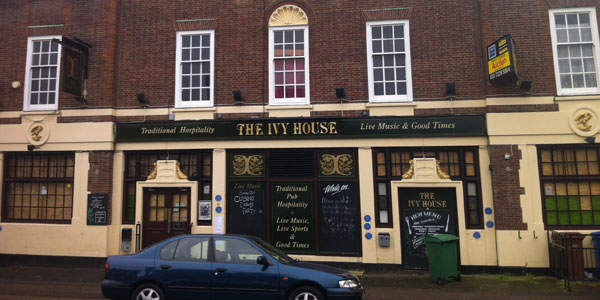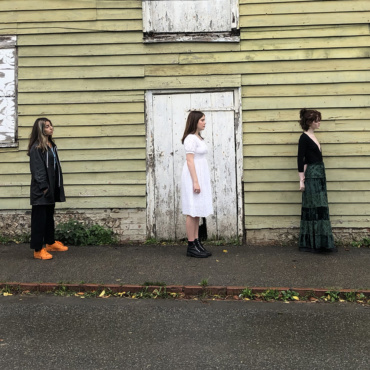 The good old British boozer has a centuries-long history as a community venue but its future looks far from certain.
The good old British boozer has a centuries-long history as a community venue but its future looks far from certain.
I know this from personal experience as my local – The Ivy House in Nunhead, southeast London – closed down in April 2012 when the company that owned it sold it off and rumours began to circulate that it was doomed to redevelopment.
Fortunately for The Ivy House, a team of highly-skilled neighbours formed a steering group and used their specialist knowledge, contacts and a whole lot of their time to put together a plan to first save the building and then bring it back into use as a pub for the community. You can read more about that on the Ivy House website and on The Guardian’s Co-operatives and mutuals hub.
I should make it clear at this point that I’m not on the Ivy House steering group so I consider my involvement in the project to be just a small part of the combined effort that a large number of local people put in to help save a venue they love and protect it for the years ahead.
 Led by the Ivy House Facebook group and Twitter account, the community has really got behind the campaign and spread the word far and wide, getting national and international exposure for the project to an extent that would be hard to imagine as little as a decade ago.
Led by the Ivy House Facebook group and Twitter account, the community has really got behind the campaign and spread the word far and wide, getting national and international exposure for the project to an extent that would be hard to imagine as little as a decade ago.
While the interest from further afield is undoubtedly welcome, I’d argue that local awareness has played the greater role in the success of the Ivy House campaign to date – and it’s also given me some valuable insights for this sort of campaign.
Forums and email newsletters are far from dead
Facebook and Twitter may be the platforms most often referred to when the term social media is used, but don’t underestimate the part that older technologies play.
Forums and message boards remain very important in local communications. Southeast London has the East Dulwich Forum and South East Central – two well-used sites that are often the first place residents will go to for latest news and recommendations for local businesses.
Similarly, email newsletters have played a vital role for the Ivy House campaign. Though newsletters can sometimes feel too much like junk mail – even those customised to user prefences – when you’re dealing with a relatively small group of recipients they can be very effective at ensuring all latest updates reach the people concerned in the right way.
Traditional media still has a vital role to play
Social media was critical for increasing awareness of the Ivy House campaign and no doubt led to the majority of the approaches from traditional media to cover the story. That said, print and broadcast media are still hugely powerful in getting a story to a wide audience – including a significant number who aren’t social media users.
The Ivy House has featured on everything from southeast London radio station Resonance FM and local newspaper Southwark News to regional TV bulletin BBC London News and now its story reaches a national audience on The One Show.
Online communication is only part of the story
Local campaigns can be and have been fought and won using social media but that’s certainly no substitute for meeting people from your community face to-face. Had a large number of Ivy House regulars not turned up in the pub on hearing the news of its closure then I very much doubt we’d be in the position we’re in today with the venue about to reopen as London’s first co-operative pub.
Getting to know my neighbours initially seemed like a great additional benefit of this experience but on reflection I suspect this was actually fundamental for everyone involved. Once those relationships were formed, social media kept the momentum going and ensured the campaign remained fresh in our minds, while also spreading news of latest developments to those who could offer further support.
Following a community share offer that exceeded the original target of £100,000, The Ivy House has now been given some long-overdue TLC and is well on its way to reopening. While there are plenty of challenges ahead, the pub returns to use in much better shape than it has been for years. As for its customers and the local community, they haven’t been so united behind a cause for a very long time.
Cheers to that!




